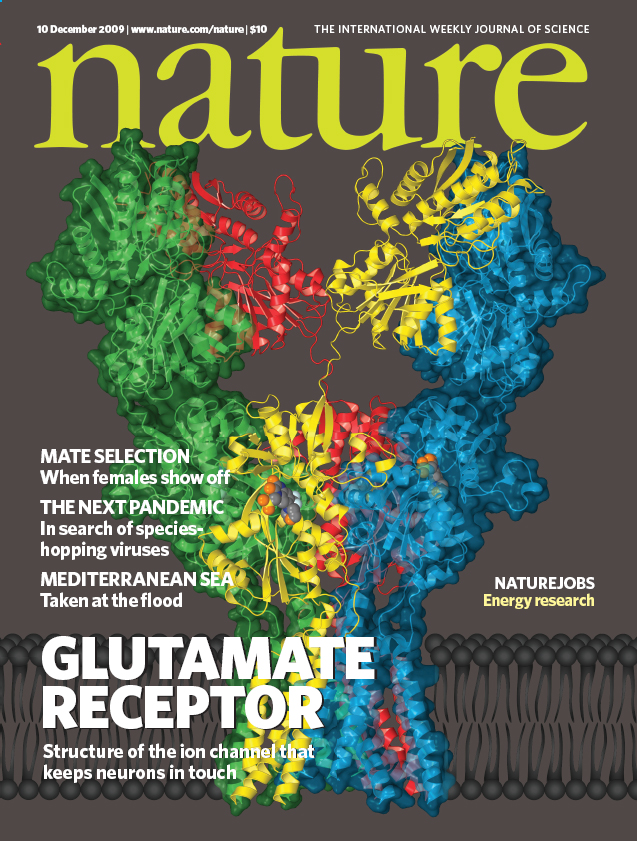Main Page: Difference between revisions
(PyMOL v2.2 release) |
(Plugins Tutorial updated for PyQt5) |
||
| Line 28: | Line 28: | ||
{| class="jtable" style="float: left; width: 90%;" | {| class="jtable" style="float: left; width: 90%;" | ||
|+ style="font-size: 1.4em; font-weight: bold; text-align:left; border-bottom: 2px solid #6678b1;" | News & Updates | |+ style="font-size: 1.4em; font-weight: bold; text-align:left; border-bottom: 2px solid #6678b1;" | News & Updates | ||
|- | |||
! Tutorial | |||
| [[Plugins Tutorial]] updated for PyQt5 | |||
|- | |- | ||
! Official Release | ! Official Release | ||
| Line 46: | Line 49: | ||
! New Script | ! New Script | ||
| [[dssr_block]] is a wrapper for DSSR (3dna) and creates block-shaped nucleic acid cartoons | | [[dssr_block]] is a wrapper for DSSR (3dna) and creates block-shaped nucleic acid cartoons | ||
|- | |- | ||
! Older News | ! Older News | ||
Revision as of 10:21, 14 November 2018
| The community-run support site for the PyMOL molecular viewer. |
| To request a new account, email SBGrid at: accounts (@) sbgrid dot org |
| Tutorials | Table of Contents | Commands |
| Script Library | Plugins | FAQ |
| Gallery | Covers | PyMOL Cheat Sheet (PDF) | Getting Help |
|
|
 A Random PyMOL-generated Cover. See Covers.
|
